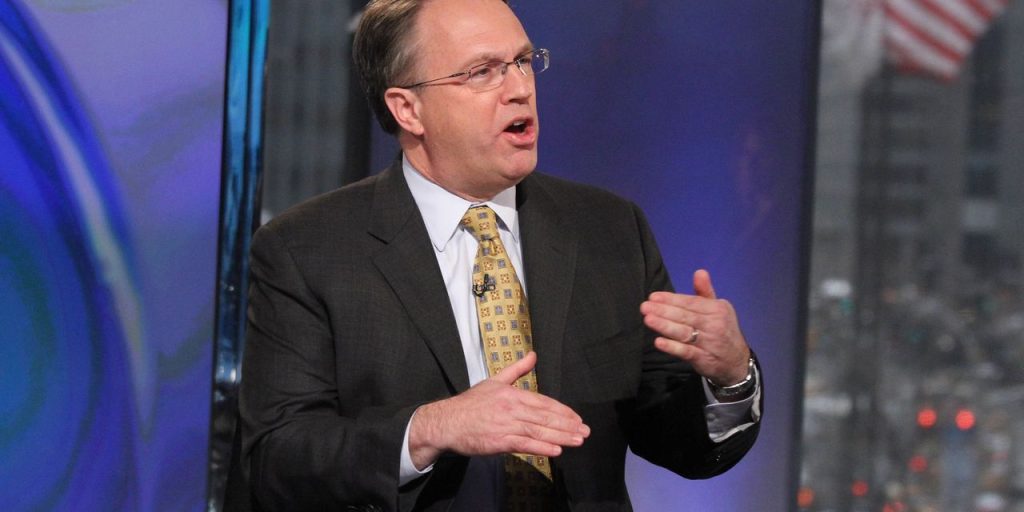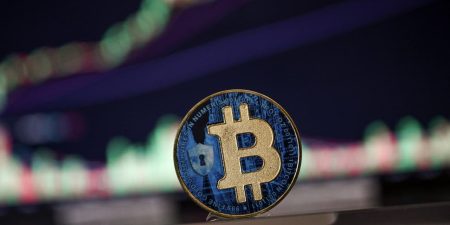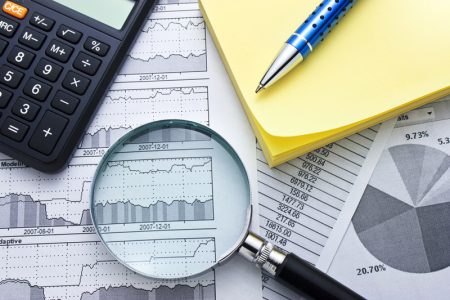The U.S. economy won’t hit its weakest point of this cycle until 2024, according to New York Federal Reserve President John Williams.
“I have actually lowered my forecasts a little bit for next year,” Williams said, in an interview published by the Financial Times.
“I think that some of the tightening of monetary policy and some effects of credit tightening will weigh on demand in 2024,” he added.
Williams, a key adviser and economist who has the ear of Fed Chair Jerome Powell, said that at the beginning of this year, he was thinking 2023 would see the weakest growth.
That changed after first-quarter growth came in above 2%, he said.
Williams said he thinks economic growth in the April-June quarter was “quite positive” and that slower growth will begin this summer.
Consumers and businesses will “definitely be seeing slower growth in the second half of this year and in the first half of next year,” Williams said.
Growth this year will be about 1% or a little bit higher, he added.
Financial markets and economists are debating whether the U.S. economy will fall into a recession.
Williams said that he doesn’t have a recession in his forecast.
“I have pretty slow growth,” he said.
See: Recession fears ease after solid U.S. job report
On inflation, Williams forecast that headline personal consumption expenditure index would come down to around 3% “over the four quarters of this year” and then 2.5% next year. Headline PCE inflation was running at a 3.8% annual rate in May.
He predicted that the unemployment rate would rise to around 4% by the end of this year, and then continue higher to 4.5% by the end of 2024. The unemployment rate was 3.6% in June.
If his projection of inflation is accurate, the Fed doesn’t need to have a higher unemployment rate or further costs to the economy, he said.
In the interview, Williams repeated that he thought the central banks still “have some ways to go” to get interest rates to a sufficiently restrictive stance to get inflation back down to 2%. He said the Fed has a commitment to get price stability “over a few years,” not over a decade.
After their June policy meeting, Fed officials projected two 25 basis point hikes this year.
Economists think the Fed is going to raise its benchmark interest rate by 25 basis points to 5.25%-5.5% after its meeting in two weeks.
Traders in derivative markets have have a second rate hike to fully priced-in.
In other comments, Williams said any decision to stop the program to shrink its balance sheet —known as quantitative tightening — is “well off in the future.”
He said the banking sector has “stabilized” and there is somewhat less worry about a potential credit crunch from tightening of lending standards
U.S. stocks
DJIA,
SPX,
were higher in morning trading on Tuesday. The yield on the 10-year Treasury note
TMUBMUSD10Y,
slipped below 4% for the first time since last Thursday.
Read the full article here














